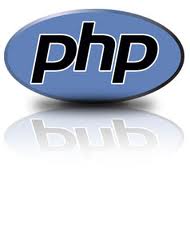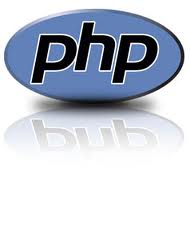WordPress Theme Development Tools Overview
Instructions
-
1
A Local Test Server: XAMP or MAMP, The finest place to build up your tradition WordPress Theme is off the web, on your PC. In order to do this,you’ll need to turn your computer into a local server, basically similar to the program suite on a regular web server (Apache, MySQL and PHP). It means you can install WordPress on your personal computer.
Installing these individual server programs can be technically tough but fortunately for us there are few free programs that will install and handle all this for us.
If you’re on a Windows computer you’ll need to test XAMP.
If you’re working on Mac you’ll need to download MAMP. It’s what I utilize and it does the trick.
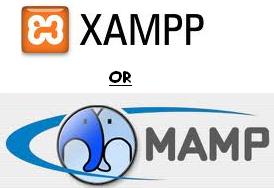
-
2
WordPress: Obviously, we have to download the most up-to-date version of WordPress and make it properly installed on your local test server.
If you’re utilizing XAMP follow these directions for installing WordPress on your local test server.
If you’re working on MAMP you must follow these guide lines for installing WordPress on your local test server.
Dummy Content:
Your WordPress installation requires few illustrations or dummy content, something to theme. In your WordPress admin navigate to Tools > Import and choose WordPress from the list of options. Here we simply require a WXR post data file to import.
There are a few options:
a. The Theme Unit Test data
b. WPCandy Sample Content
Every individual of these test data sets has their pros and cons. One thing I prefer to perform is import all the dummy content. In this method nothing gets missed. The time when you get finished with your theme, utilize the post navigation to browse through every post. Investigate the archives for the month and year and category. With robust dummy content it’ll be simple task to check if something’s amiss.

-
3
A Text Editor: There is no need for any particular graphics software for building WordPress Themes simple a plain old text editor. But surely, many are better than others.
For Windows, you can utilize Notepad++. It’s free and open-source, and available suggested by Life-hacker.
For the Mac, it best for you to use Text Wrangler.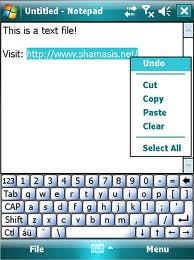
-
4
Firefox: Obviously, you can utilize any browser for web development but the one which is best is Firefox. Particularly with the below mentioned 2 add-ons that will make your life a lot simpler when it’s the matter of developing with WordPress.
The Web Developer Add-on for Firefox includes a toolbar that provides you a whole host of options for checking and debugging code, from deactivating all CSS styles to verify local HTML.
The Firebug Add-on for Firefox is necessary. With Firebug activated you can click on any element in your browser window and look in a window at the bottom of the screen, how it looks in the source code and how it’s being affected by CSS.

-
5
HTML and CSS: It’s true that a passing knowledge with basic HTML and CSS will assist you out. It is recommended you to read through the HTML Dog HTML Beginner Tutorial and the HTML Dog CSS Beginner Tutorial in order to get basic knowledge. Once done with these two tutorials is totally optional but it will be beneficial and will assist you in having some fundamental concepts.
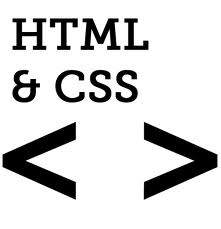
-
6
PHP: It’s important for you to know PHP to create a WordPress Theme. If you want to learn, you can start reading through PHP 101: PHP for the Absolute Beginner. You’ll only have to select the fundamental concepts.
Way to create a WordPress Theme: This is the part of a WordPress Themes Tutorial that displays you methods for creating innovative WordPress themes. Go through it from the start and code yourself up something tremendous.
a. Introduction to WordPress Theme Tutorial
b. Tools for the Theme Development
c. Creating a new Theme by using HTML Structure
d. Template and Directory Structure
e. The Header Template
f. The Index Template
g. The Single Post, Post Attachment, & 404 Templates
h. The Comments Template
i. The Search Template & The Page Template
j. The Archive, Author, Category & Tags Template
k. The Sidebar Template
l. Reset-Rebuild Theme CSS & Define Your Layouts
